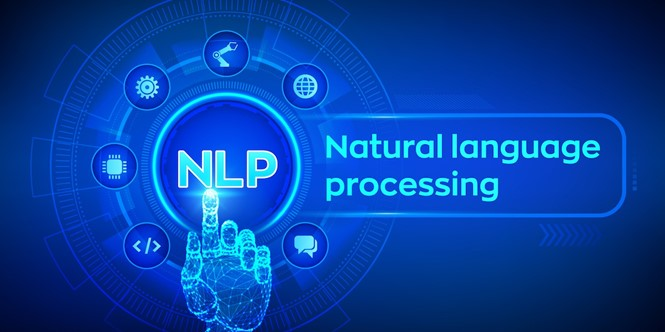
Are you curious about the role of deep learning in natural language processing? Well, buckle up and get ready for a wild ride, because we’re about to dive deep into this fascinating topic.
The Basics of Natural Language Processing
Before we can fully understand the role of deep learning in natural language processing, we need to have a basic understanding of what natural language processing (NLP) is all about.
Simply put, NLP is a branch of artificial intelligence (AI) that focuses on enabling computers to understand, interpret, and manipulate human language. This includes everything from speech recognition and sentiment analysis to language translation and chatbots.
Why is NLP Important?
NLP is becoming increasingly important in today’s digital world. With the explosion of social media, mobile devices, and the internet, we’re generating more text data than ever before. And without NLP, that data would be largely useless.
By enabling computers to understand and interpret human language, NLP makes it possible to analyze and extract insights from vast amounts of text data. This has huge implications for everything from marketing and customer service to healthcare and finance.
The Rise of Deep Learning
Deep learning is a subset of machine learning that involves the use of artificial neural networks to enable computers to learn from and make predictions on complex data sets.
In recent years, deep learning has become a major force in NLP. This is because deep learning algorithms are particularly good at dealing with the complexity and variability of human language.
How Does Deep Learning Work in NLP?
At its most basic level, deep learning in NLP involves training a neural network on a large corpus of text data. This data is typically preprocessed to remove noise and irrelevant information, and then fed into the neural network in the form of word embeddings.
Word embeddings are numerical representations of words that capture their semantic meaning. For example, the word “dog” might be represented by a vector of numbers that captures its relationship to other words like “cat” and “pet”.
Once the neural network has been trained on this data, it can be used to perform a wide range of NLP tasks. For example, it can be used to classify text according to its sentiment, extract named entities, or generate natural language responses.
The Benefits of Deep Learning in NLP
There are several benefits to using deep learning in NLP. One of the biggest is that it allows computers to learn directly from raw text data, without the need for human-crafted features or rules.
This makes it possible to tackle a wide range of NLP tasks, even those that were previously considered too complex for computers to handle. It also makes it possible to build more flexible and adaptable NLP systems that can learn and evolve over time.
The Future of Deep Learning in NLP
As deep learning continues to advance, we can expect to see even more exciting developments in the field of NLP. Some experts predict that deep learning will eventually make it possible for computers to understand human language at a level that is indistinguishable from human comprehension.
Whether or not this prediction comes true remains to be seen. But one thing is certain: deep learning is already playing a major role in shaping the future of NLP, and it’s only going to become more important in the years ahead.
- Degree Pursuit: Navigating the Path to Educational Excellence - July 4, 2024
- Why Is Studying English Important in a Business Environment? - July 4, 2024
- Top 10 Data Science Skills You Need in 2024 - July 3, 2024

